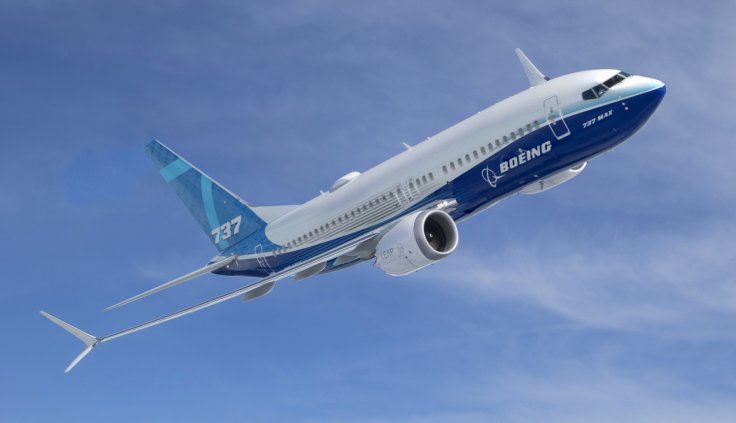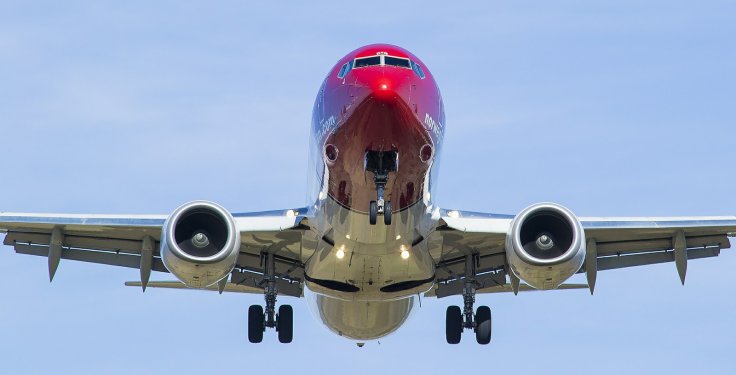The US Federal Aviation Administration (FAA) has doubled down on Boeing aircraft safety and asked the beleaguered company to provide fresh proof that 737 MAX subsystems are not affected by electrical grounding issues.
The new FAA guidance has added more uncertainty over when Boeing's 737 aircraft will be cleared to fly again, Reuters reported, citing sources. As of now a quarter of 737 MAX fleet has been grounded over electrical problems.
Origins of the Manufacturing Problem
The FAA, in late April, said it was probing the origins of a manufacturing problem that caused the grounding of Boeing 737 Max planes. FAA had earlier asked for on the electrical issues on as many as 109 737 Max aircraft. This followed finding that there was not enough electrical grounding in some areas of the cockpit of some jetliners.

The newly discovered electrical problem will also negatively impact delivery of new planes to buyers, putting Boeing's prospects in disarray. This glitch has cast a fresh shadow of uncertainty over Boeing after its 737MAX planes were grounded for nearly two years starting following two fatal crashes.
Airlines Waiting for New Service Bulletins
Meanwhile, US airlines said they were looking for new service bulletins from Boeing. "We continue to work closely with the FAA and our customers to address the ground path issue in affected 737s," a Boeing spokeswoman said, according to Reuters.
Though the FAA had approved the service bulletin issued by Boeing last week, the agency has now asked for detailed report into whether the jet subsystems would be affected by the grounding issue.
The FAA's finding is that the electrical issues, which was a result of a recent change in the manufacturing method, has affected as many as 109 in-service aircraft. However, sources told Reuters that the issue impacts more than 300 planes in Boeing's inventory.
Two Fatal Crashes
Boeing's crisis started when the best-selling 737 MAX aircraft suffered two fatal crashes. The 737 MAX was grounded after two crashes in Indonesia and Ethiopia killed 346 people in a span of five months, forcing global airlines to ground the aircraft. New orders dried up in the aftermath, leading to an estimated loss of more than $9 billion for the plane maker.
The first crash happened in October last year when a Boeing 737 Max operated by Lion Air crashed killing all 189 people. The second mishap took place five months later when an Ethiopian Airlines plane crashed killing 157 people.

In December 2019, Boeing suspended commercial production of 737 jets. The decision was announced after the Federal Aviation Administration refused to let airline companies to fly the jet before 2020. It is the first time in more than 20 years that Boeing is halting production.
Two Emergency Landings
In February 2021, United Airlines said it was grounding 24 of its Boeing 777s after a fiery mid-air engine failure forced a passenger jet to make an emergency landing. The move came after the head of the Federal Aviation Administration ordered an emergency inspection of Boeing 777 jetliners powered by PW4000 Pratt and Whitney engine.
In another massive blow to Boeing, a 737 MAX aircraft operated by the American Airlines made an emergency landing in March after one of its engines failed due to a suspected malfunction.
The aircraft, headed to New Jersey from Miami, made an emergency landing at New Jersey's Newark Liberty International Airport after the snag developed as it approached New Jersey. American Airlines said pilot successfully landed with with just one engine online.
The incident was a huge blow to Boeing, which had a sigh of relief two months ago when the ban on 737 aircraft, which was in place for nearly two years following two crashes that killed 346 people, was lifted.








